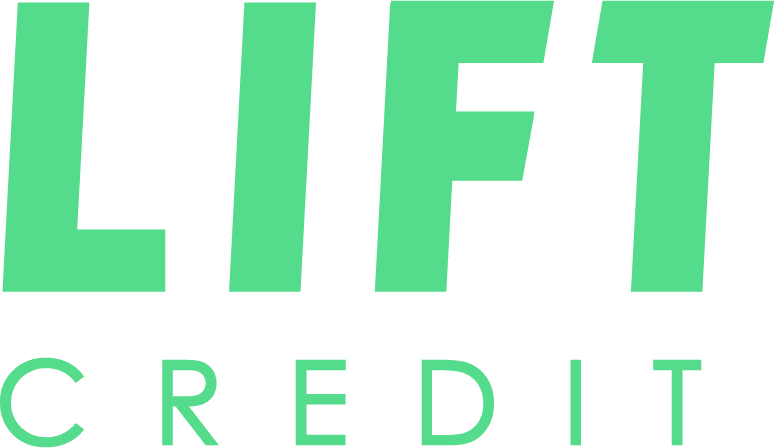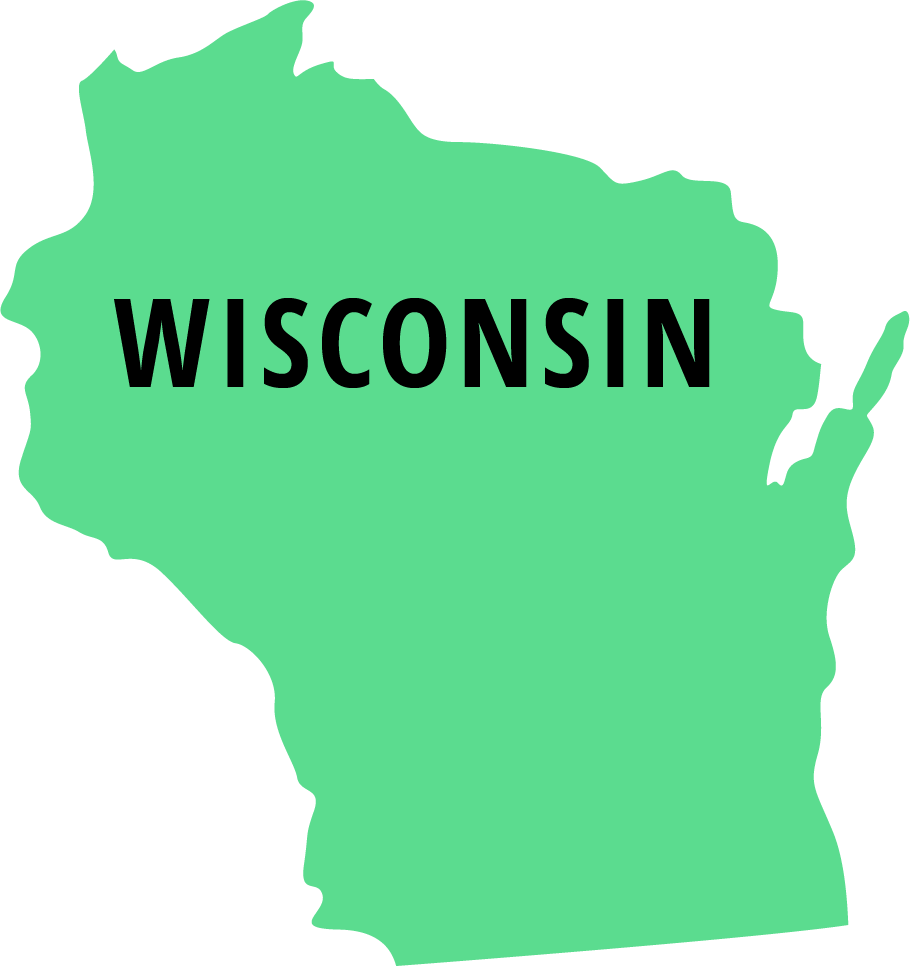If you are getting ready to begin your college journey, you have probably started to realize just how expensive school can become. There’s tuition to pay and books to buy. If you’re working full-time or already struggling financially and are preparing to attend school you may be wondering where to start. There are many opportunities for school funding, including applying for student loans.
Applying for student loans can be useful to cover school expenses, but before you apply it’s important to know how to get a student loan, and where to get a student loan so you get the best rates possible. Not all loans are created equal and Lift Credit is here to educate first-time students in Utah, Idaho, and Wyoming on the different types of student loans, how to get them, where to apply, and what to consider when it comes time to repay your loans.
Before You Apply
Before you decide to pursue student loans, consider the cost of the schools you have applied for or the school you will be attending. Not all colleges cost the same and you may be able to save money by going to a less expensive university. Ideally, the best course of action is to do whatever you can to stay out of debt. Considering the average college graduate in the U.S. has $37,172 in student loan debt, you’ll want to keep in mind how quickly it can add up after just a few years in school.
Sometimes, despite your best efforts, you may still need to apply for a student loan. If you do decide on the loan route, you will want to minimize what you need to borrow. A couple of ideas on how to minimize school debt are:
- Working a part-time or full-time job while in school.
- Apply for all the grants and scholarships you can.
- Attend an in-state college. If you’re in Utah, Idaho, or Wyoming, you can enjoy below-average tuition costs.
- Do a work-study program to help cover tuition
- Work additional hours in the spring and summer to save for school-year expenses
With a little creativity and hard work, you can keep yourself from borrowing more than you can repay down the line when you eventually graduate.
Different Types of Student loans
There are different loan options to consider when applying for student loans. When it comes to borrowing, there are two main types of loans: government-funded or private.
Government-funded loans are secured by the U.S. government. Private loans originate from a private lender such as a bank or family member. There are several types of each of these loans and all have pros and cons when considering where to get your student loans.
Government Loans
This should be your first option when considering where to get your student loans. Government loans typically have lower, fixed interest rates than private loans, but not always. The benefit to government loans, especially for younger students, is that you can easily qualify with no credit check. They have flexible repayment plans, and payments can be placed on deferment or forbearance if you encounter financial hardship.
There are three main types of government student loans:
- Subsidized—Interest is paid by the government while you’re in school, and you won’t accumulate additional interest until you graduate.
- Unsubsidized—The government does not cover interest while you’re in school but you won’t need to make payments until you are finished with your studies.
- Direct PLUS Loans—This is a government loan that is credit-based. PLUS loans are for parents of undergraduate students who don’t qualify for other loans or graduate students looking for additional funding.
Some states, like Wyoming, have partnered with programs like the Federal Family Education Loan Program (FFELP) to help residents find additional government funding. Likewise, Idaho is part of the Idaho Student Loan Finance Association (SLFA), that is operated by Sallie Mae through bonds.
The downside to government loans is that they may still not be enough to cover your entire tuition. In which case you can explore option two.
Private Loans
Private loans can originate from a number of sources, but the most common is from banks and student loan lenders. These loans can sometimes have lower interest rates than federal loans but you should always compare with your lender to know for sure.
It’s also important to be careful about variable APR loans from private lenders. This means that your Annual Percentage Rate, or the interest you pay on your loans, can change. You may start out with a low rate and then end up having to pay a higher interest rate after several years.
Some of the different types of private loans include:
- Private student loans—the student takes out the loan for educational purposes. If the student is young and doesn’t have an established credit history, they will need a co-signer.
- Parent loans—Parents can take out this loan for their children’s education.
- HELOC—This is a type of second mortgage and operates as a secured line of credit you can continually use and payback. This is only an option if you own a home and have established equity in your home.
- Unsecured personal loans—These are loans that can be used for any purpose and are considered unsecured because there is no collateral to back the loan.
- Loans from family—You may have family members who are willing to help you cover some temporary school expenses. Just make sure you set a schedule to pay them back if they lend you money.
- Credit card—credit cards can be used for school expenses as well. However, unless you are planning to pay back the funds fairly quickly they are not an economical way to borrow money because they have very high-interest rates.
Getting Your Student Loans
The loan application process differs depending on the type of loan you are applying for. Government (or Federal) student loans require an online application as do some private lenders. However, applying for student loans with the government requires more information than a private loan.
Federal Student Loans
When you apply for student loans from the government, you must fill out a FAFSA to see whether you’re eligible for subsidized or unsubsidized loans. Filling out a FAFSA is highly recommended because you’ll also find out if you’re eligible for grants, which you don’t have to pay back.
To fill out the FAFSA, you’ll need the following of both your own and your parent’s information. If you are considered independent you may not have to provide parental information. To find out if you are eligible to be considered independent you can view a chart to determine your status. Having this information available when you sit down to complete your FAFSA will make the process run smoothly:
- Tax return for past two years
- Adjusted gross income for past two years
- SSN
- Total value of all investments and net worth, including current bank account balances
- Federal aid you or your family receives, like Medicaid, SSI, SNAP, etc..
- Any additional income-child support etc, retirement plans…
- Schools you want to submit your FAFSA to
- Any grants or scholarships received in the past
Some schools require that a FAFSA is completed every year, so you will become a pro at filling these out. There is no fee to fill out your FAFSA, and after you’ve finished applying for your student loans your school will notify you of how much you’ve been awarded. Once you know your award amount for the academic year, you can choose to accept or decline any offered assistance. If you do accept, you will agree to the loan by signing an MPN (Master Promissory Note).
It’s important to know that you should complete the FAFSA as early as possible (the FAFSA is available for the next school year after October 1) as grant and loan money is given on a first-come-first-served basis.
If you are applying for a Direct PLUS Loan, you must still fill out a FAFSA prior to applying. Check with your school on how to submit an application for a Direct PLUS loan because the application process can vary from school to school.
CSS Profile
In addition to the FAFSA, some schools offer supplemental grants for those from lower-income homes. If your household makes under 40,000, you may be able to supplement your tuition and expenses further by completing the CSS Profile.
The CSS Profile does have a $25 fee to fill out the application, with an additional fee of $16 for every school added to the application. However, some may qualify to waive this fee. If your school is on this list you could be eligible for additional aid. Schools you may have considered to be out of your price range, like Columbia or Vanderbilt, may now be accessible with this grant.
Private Student Loans
If you’ve opted to go the private loan route, you can either visit a lender in person or go to their website to begin applying for your student loans with an online application. Make sure to shop around and compare rates and repayment plans before you sign for your loan. If you’re a young student with thin credit or no credit or have poor credit, consider finding a co-signer to help.
Borrow Smart
When you go to accept your student loans, don’t just take all the money offered to you because you want to live a nicer lifestyle. Only take what you really need. If you are going into debt for your education, you want to borrow smart. Always keep in mind that you will have to pay it back later. If you want more money, get a part-time job to cover your other expenses and keep your lifestyle simple.
Accepting Your Financial Aid
When you do go to finally accept your student aid, make sure you accept offers in the order listed. It will help you reduce the amount of debt you will owe when your loans enter repayment.
- Grants and Scholarships—Always accept grants and scholarships first as they typically do not need to be repaid.
- Work-Study programs—If you’re interested in work-study, it can help pay for school but you will need to work.
- Subsidized and Unsubsidized Student Loans—Always accept subsidized before unsubsidized and understand the terms of your repayments when you do accept.
- State government loans and school loans—Loans from your state government or school usually have better repayment terms and interest rates than private lenders.
- Private loans—these should be your last option because interest rates tend to be higher than government loans and repayment is usually not as flexible. Current private interest rates are between 4.07% to 12.19%.
Repaying your Student Loans
Once you have graduated, it’s time to pay back what you borrowed for your education. Most lenders, public and private, have a 6-month grace period after graduation before you must begin making payments on your loans. However, there are some differences in how Federal loans are repaid vs. private loans.
Federal Loans
After your 6-month grace period is up, you have the option to choose a repayment plan that best suits your needs. There are graduated plans that allow you to pay less in the beginning and more over time. There are also steady payment plans. Talk with your federal provider to find an option that best suits your needs.
Some students may also qualify for Federal student loan forgiveness after they graduate. Loan forgiveness typically only applies to public employees like the military, teachers, some nonprofit employees, and other government workers.
Private Student Loans
Private student loans don’t offer as much flexibility for repayment plans as federal loans. Likey, the terms of repayment will be what you agreed upon when you initially signed for your loan. Check with your loan provider for details.
If you’re struggling to make your payments or are looking to lower your interest rate, you may consider refinancing your loans. Refinancing can help you lower your monthly payment, which helps you pay off your loans quicker. However, it is not always a sure thing that you will reduce your payments or lower your interest rates. Make sure you check current rates and see if you can get an estimated monthly payment before you refinance.
When it comes to student loans, there are many options available to help you fund your education. If you need a loan quickly, Lift Credit can help. We offer a quick application and turnaround for loan approvals to help cover school expenses quickly. Learn more about our application process today.









